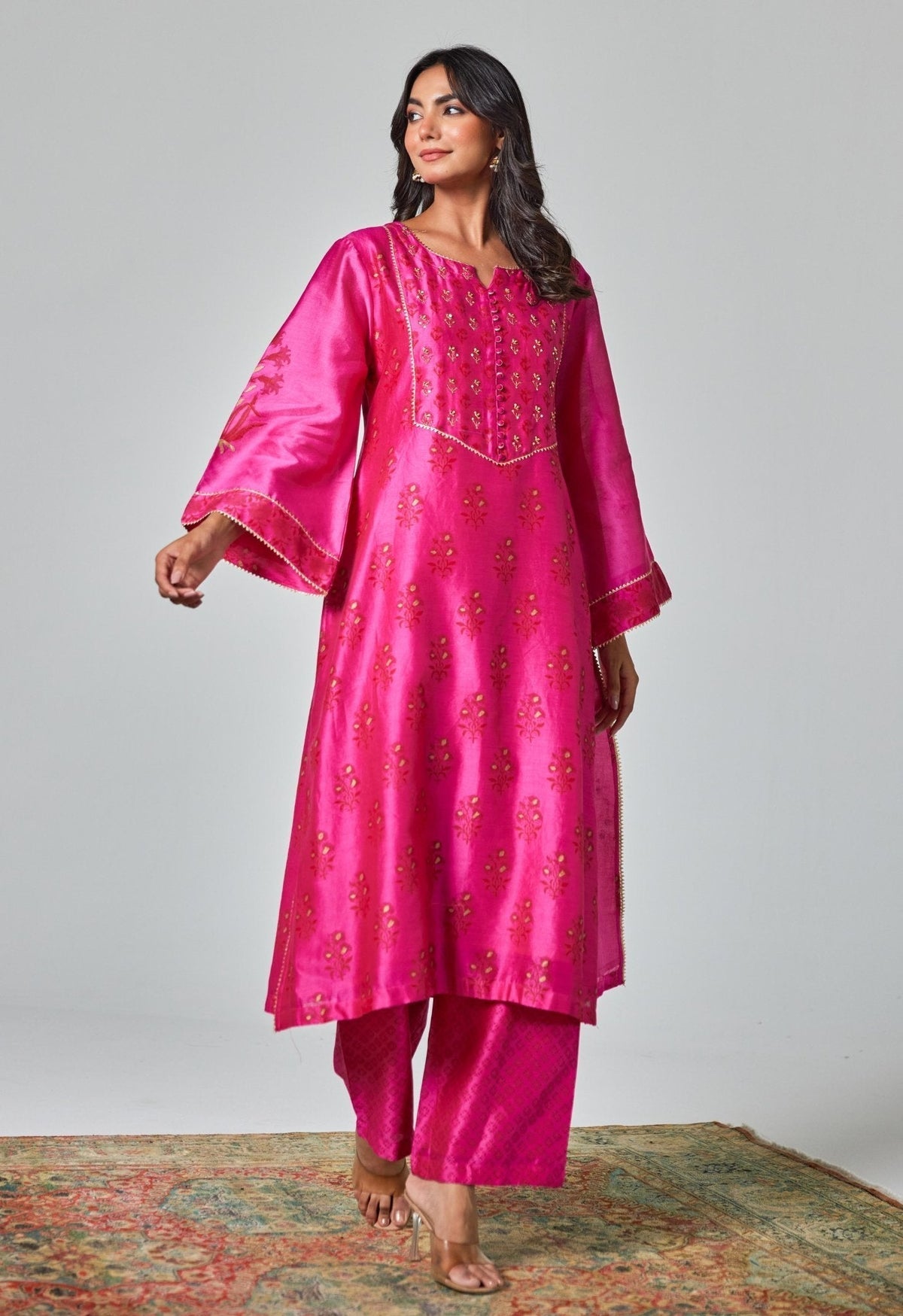Indian traditional dresses carry more than just color and craft — they hold centuries of stories, regional pride, and a deep connection to cultural identity. Across states, seasons, and celebrations, these garments speak of legacy, craftsmanship, and the evolution of women’s fashion in India. Each thread woven into a traditional dress for women is a reflection of heritage passed down through generations.
The Roots of Indian Traditional Dress for Women
The origins of Indian traditional dress for women stretch back to ancient times, influenced by regional climates, customs, and artisan communities. From the regal drapes of Rajasthan to the subtle elegance of Bengal’s handlooms, each region brings its own interpretation of what a women traditional dress should embody.
What stands out is the versatility of these outfits. They are not bound by fleeting trends. Instead, they evolve while keeping the core aesthetics intact—be it the use of natural dyes, hand-embroidery, or centuries-old weaving techniques.
Regional Styles and the Fabric of Culture
India’s cultural map is dotted with iconic dress styles—Banarasi silk sarees from Varanasi, Phulkari work from Punjab, Chikankari from Lucknow, and Bandhani from Gujarat. These styles are not only beautiful but functional, adapted to the local weather and lifestyle.
Today’s designers reinterpret these classics for modern wardrobes. Take the MAROON COTTON SELF STRIPPED COORD SET—a subtle nod to traditional silhouettes while offering comfort and a contemporary touch. Its structure echoes vintage charm, but the design allows ease and everyday wearability.
The Role of Prints, Patterns, and Techniques
One of the most treasured aspects of Indian traditional dresses is the variety of techniques used. Block printing, tie-dye, and zari work are just a few methods that artisans use to transform plain fabrics into art.
The WHITE AND ORANGE FLORAL HAND BLOCK PRINTED COORD SET celebrates hand-block printing, a technique where each motif is manually stamped onto the fabric. It’s slow fashion in its truest sense—a rejection of mass production in favor of detail and authenticity.
Similarly, the PEACH HAND BLOCK PRINTED KURTA SET WITH DORIYA DUPATTA brings together the softness of doriya fabric with intricate floral prints, offering a light, breathable outfit that’s rooted in Indian textile tradition.
Tradition Meets Modern Ease
The evolution of Indian traditional dress for women isn’t about discarding the old; it’s about reimagining it. Designers today are merging classic forms with minimalistic cuts and contemporary styling, creating outfits that feel both timeless and fresh.
The BLUE FLORAL CO-ORD SET WITH FARSI SALWAR PANTS is a perfect example. The Farsi salwar, with its Persian-inspired flair, brings volume and grace. Paired with a floral coord, it turns into a complete look that feels regal yet grounded.
Then there’s the RANI PINK RADIANCE: HANDBLOCK FLORAL ELEGANCE CHANDERI SUIT SET—a name that speaks for itself. Chanderi, known for its lightweight texture and glossy transparency, has dressed generations of women. This set balances vibrance and softness, reflecting both grandeur and everyday grace.
More Than Just Attire: A Symbol of Identity
Every Indian traditional dress carries with it an identity. It can signify a woman’s community, beliefs, and even her stage in life. From weddings to festivals to daily wear, the role of traditional dress is intimate and expressive.
Even in changing times, traditional outfits remain a bridge—linking modern wardrobes to ancestral roots. They allow women to participate in fashion while staying connected to where they come from.
Conclusion
Indian traditional dresses are not just garments—they’re memory-keepers, storytellers, and symbols of legacy. Whether it’s a handblock kurta or a flowy coord set, each piece is a quiet tribute to heritage. These outfits continue to adapt, embracing modern silhouettes without losing their soul.
Tara C Tara celebrates this blend—where tradition isn’t frozen in time, but worn, lived in, and carried forward with pride. For those drawn to authenticity, the collection offers more than style—it offers a connection.
FAQs
What makes Indian dresses different from others?
Indian dresses are deeply rooted in culture and tradition, using age-old techniques, regional textiles, and handcrafted details that reflect local identities.
What kind of fabrics are used in traditional dresses?
Fabrics like cotton, silk, chiffon, georgette, and handwoven materials like Chanderi and doriya are commonly used in traditional Indian dresses for their comfort and cultural relevance.
What makes the salwar kameez special?
The salwar kameez blends comfort with style and versatility, offering ease of movement while showcasing regional embroidery and tailoring techniques.
Why do women wear dupattas with their outfits?
Dupattas add a layer of elegance, modesty, and cultural symbolism to traditional outfits, often completing the look with a touch of grace.


